Learning Layouts for Single-Page Graphic Designs
| Peter O'Donovan1 Aseem Agarwala2 Aaron Hertzmann1,2 |
| 1University of Toronto 2Adobe Systems, Inc. |
Design Analysis |
||
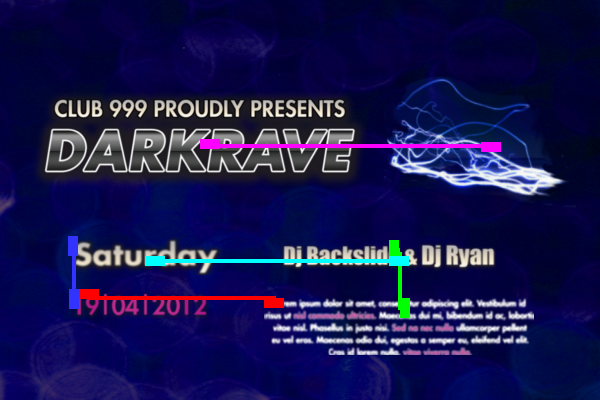
|
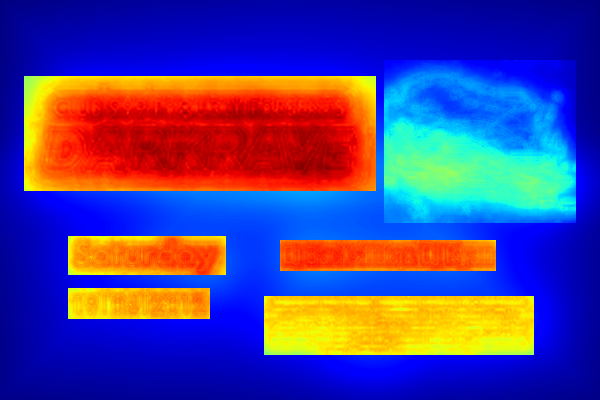
|

|
| Alignment Detection | Importance Prediction | Segmentation |
Design Synthesis |
||||||

|

|

|
||||
| Synthesized Example 1 | Synthesized Example 2 | Synthesized Example 3 | ||||
|

|

|
||||
| Original | Improved |
Paper
Peter O'Donovan, Aseem Agarwala, Aaron Hertzmann. Learning Layouts for Single-Page Graphic Designs. IEEE Transactions on Visualization and Computer Graphics(TVCG), August 2014. Vol. 20, No. 8, pg. 1200-1213 BibTexAbstract
This paper presents an approach for automatically creating graphic design layouts using a new energy-based model derived from design principles. The model includes several new algorithms for analyzing graphic designs, including the prediction of perceived importance, alignment detection, and hierarchical segmentation. Given the model, we use optimization to synthesize new layouts for a variety of single-page graphic designs. Model parameters are learned with Nonlinear Inverse Optimization (NIO) from a small number of example layouts. To demonstrate our approach, we show results for applications including generating design layouts in various styles, retargeting designs to new sizes, and improving existing designs. We also compare our automatic results with designs created using crowdsourcing and show that our approach performs as well as, or better than, novice designers.
Appendix
appendix.pdf
Graphic Design Importance Model
Examples:| Design | Manual Importance | Image Saliency | Our Predicted Importance |
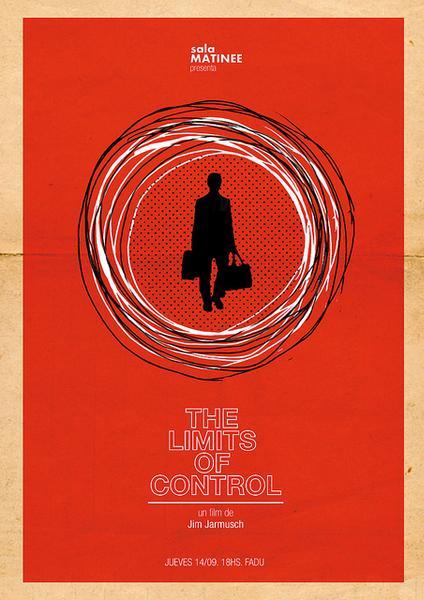 |
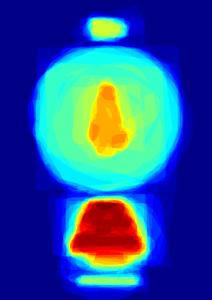 |
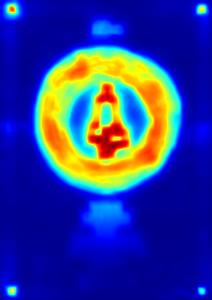 |
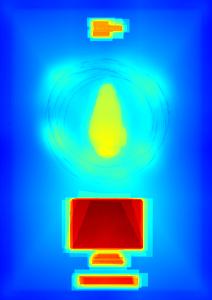 |
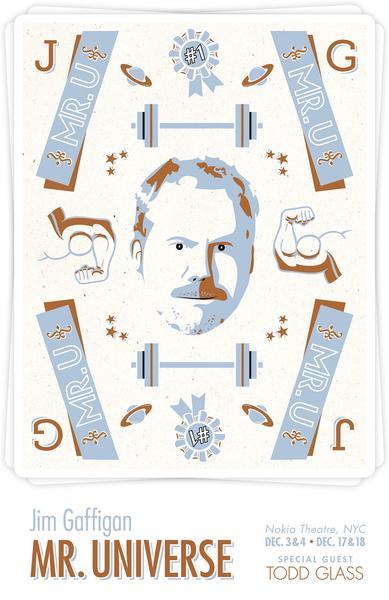 |
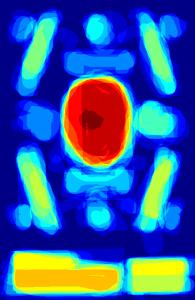 |
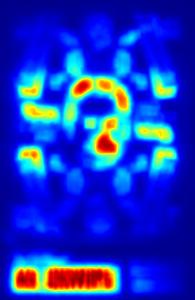 |
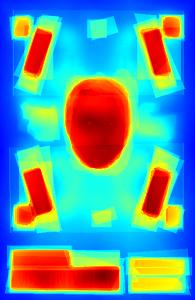 |
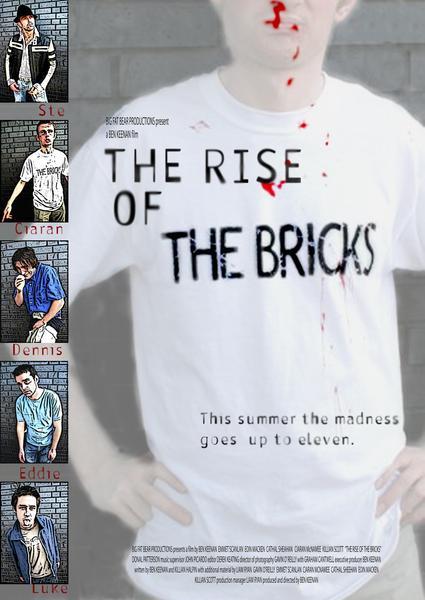 |
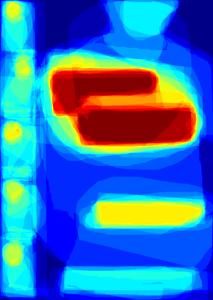 |
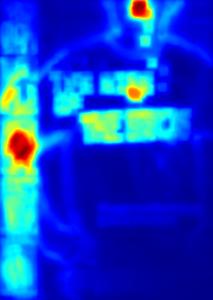 |
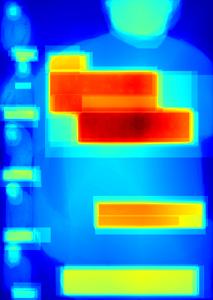 |
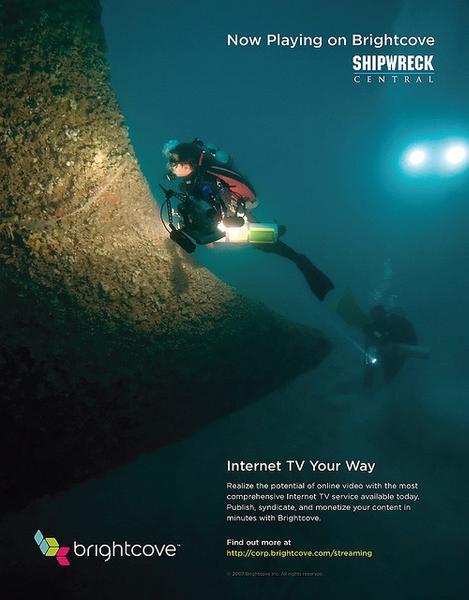 |
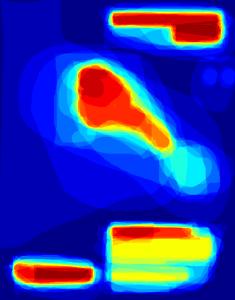 |
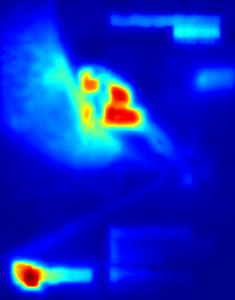 |
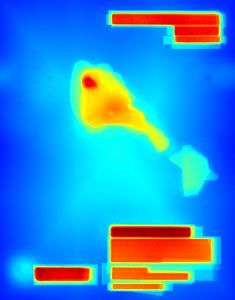 |
Datasets and code for training/testing the model: Coming soon.
Other Supplementary Material
Design Styles Results
Design styles for landscape and portrait aspect ratio designs:
Landscape Styles
Portrait Styles
Design Retargeting Results
The training data used for retargeting, as well as the full set of 98 automatic and MTurk retargets:
Retargeting Training Data
Designer Retargeting Results and MTurk Evaluation
Crowdsourcing Retargeting Results and MTurk Evaluation
Design Improvement Results
The following links show the training data used for the improvement application, as well as the MTurk evaluation of improving the worst/best/all sets of designs.
Improvement Training Data
Worst Designs Set
Best Designs Set
All Designs Set
Initial System Parameters
The following are the initial system parameters, as well as the regularization prior:
CSV File

